The Stick Caterpillar Is Peak Natural Camouflage
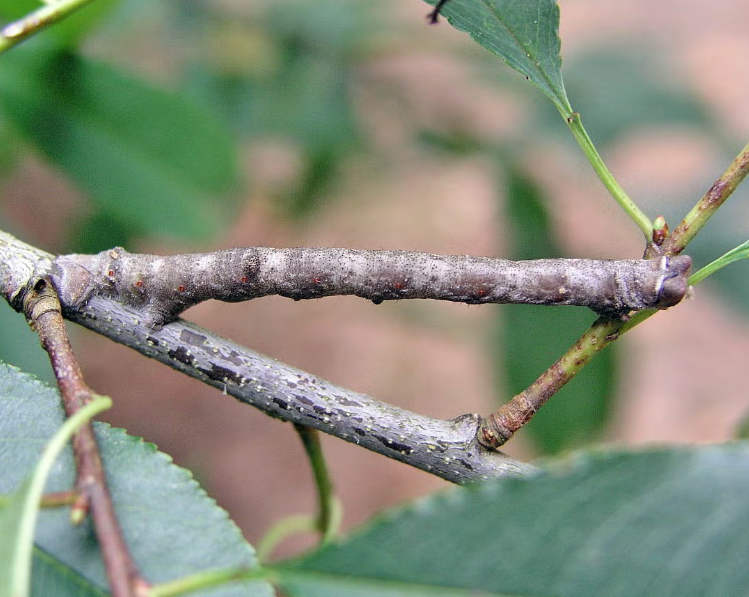
The caterpillar of the peppered moth has one of the most impressive natural camouflages in the animal world. Not only do they look like lifeless twigs, but they can also change color to match their background. Over the past 17 years, we’ve featured some of the world’s most incredible camouflages. From caterpillars that position themselves […]
Bagheera Kiplingi, the World’s Only [Mostly] Vegetarian Spider
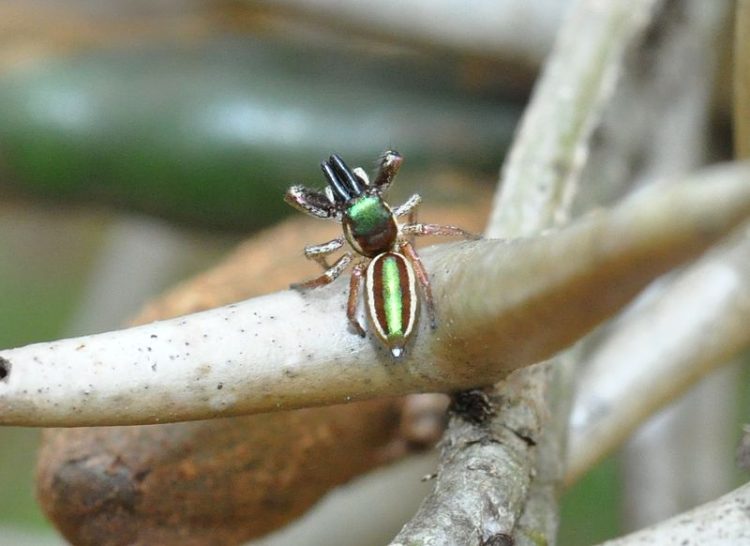
There are around 45,000 species of spider in the world, all of them carnivorous, with one exception – Bagheera kiplingi, a jumping spider known for feeding almost exclusively on plants. Native to the forests of Central America and Mexico, Bagheera kiplingi is only 5-6mm long and spends most of its time on the old leaves […]
The Petroleum Fley Is the Only Known Insect Species That Develops in Crude Oil
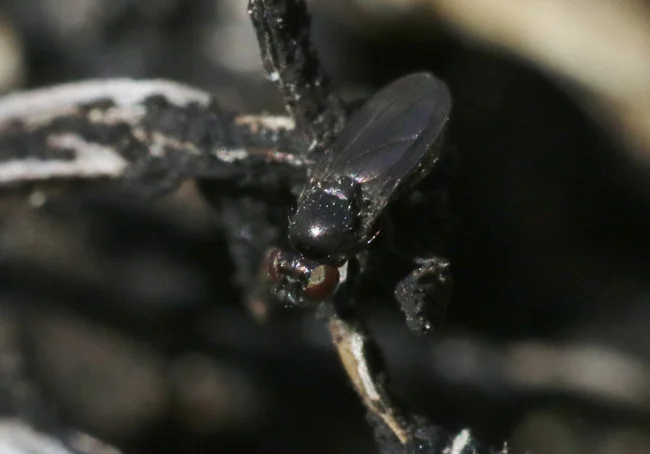
Diasemocera petrolei, aka the petroleum fly, is a fascinating insect that not only survives in petroleum, a highly toxic substance to other animals, but actually thrives in it. For tens of thousands of years, the La Brea Tar Pits near Los Angeles, California, have been a death trap to millions of animals, some extinct, some […]
European Countries Struggle to Repel Invasion of Aggressive “Super Ants”
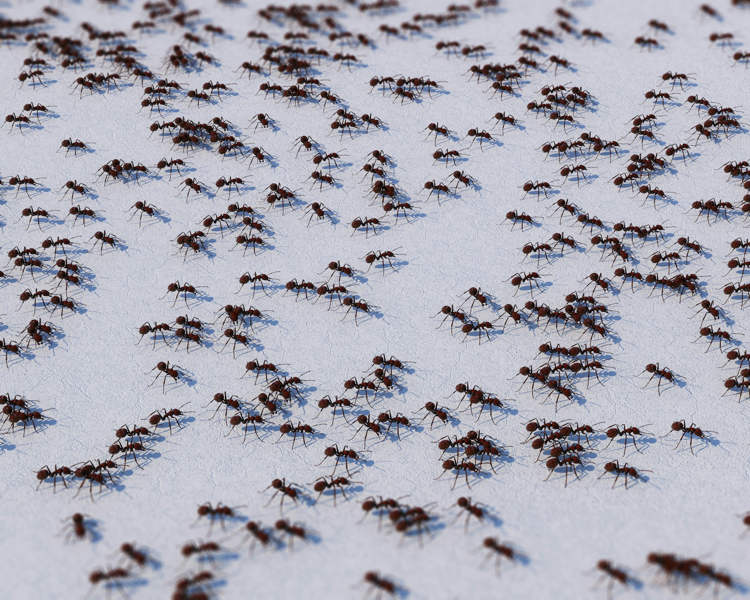
European countries like Germany, France, and Switzerland are trying to contain an invasion of Tapinoma magnum ants, a species that experts say is “virtually impossible to get rid of”. Usually found throughout the Mediterranean basin, the Middle East, and North Africa, Tapinoma magnum ants have recently begun an invasion of Europe. Over the last couple […]
Welsh Man Lucky to Be Alive After Getting Stung 240 Times by Wasps
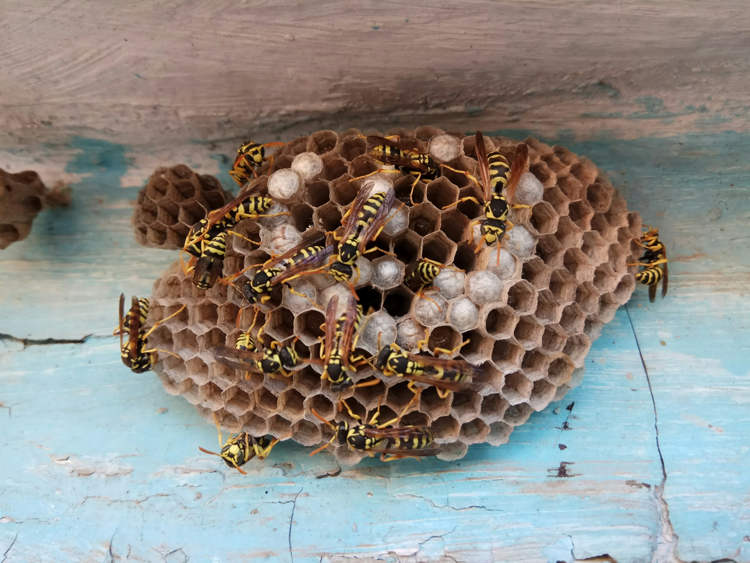
A 57-year-old man had to be hospitalized and put on morphine so he could endure the pain of 240 wasp stings after being attacked by a swarm of enraged wasps. On August 18, Andrew Powell went outside his family home near Brecon, Wales, to inspect the fields, as he usually did, only to see a […]
Scientists Discover Entire Ant Colonies Will Play Dead to Avoid Predators
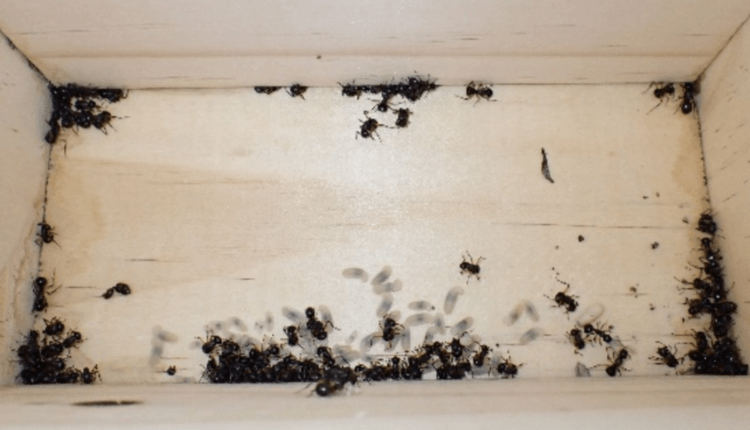
Researchers studying various species of animals on Australia’s Kangaroo Island stumbled upon a colony of Polyrhachis femorata ants that they believed was dead until one of its members moved slightly. Feigning death, also known as thanatosis or tonic immobility is a well-documented defense mechanism observed in dozens of animal species, from insects and lizards to […]
Parasitic Worm Manipulates Host into Drowning by Stealing Its Genetic Code
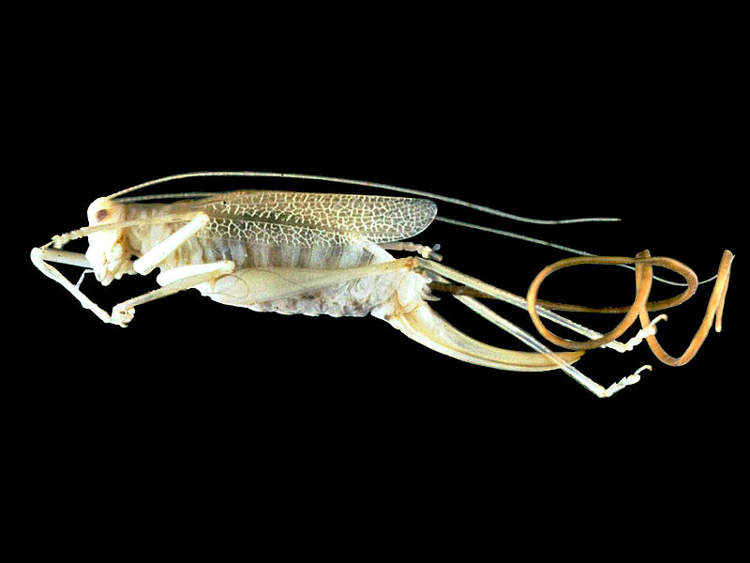
The hairworm might not look like much, but it is a sinister parasite that steals its host’s genetic code to manipulate it into deep water, so it can reproduce and start the cycle all over again. During its larval stage, a hairworm’s first goal is to get eaten by a tadpole or a mosquito. It […]
Pesticide Company Holds Temple Ceremony in Honor of Killed Bugs

Every year, Japanese pesticide company Earth Corporation holds a ‘transcendence ceremony’ at the Myodoji Temple in Ako City to honor insects that sacrificed their lives for research purposes. Earth Corporation prides itself on being the ‘no. 1 preferred household insecticide company in Japan’, a status it has achieved over decades of research and trial & […]
The Picasso Moth Is Truly a Living Work of Art
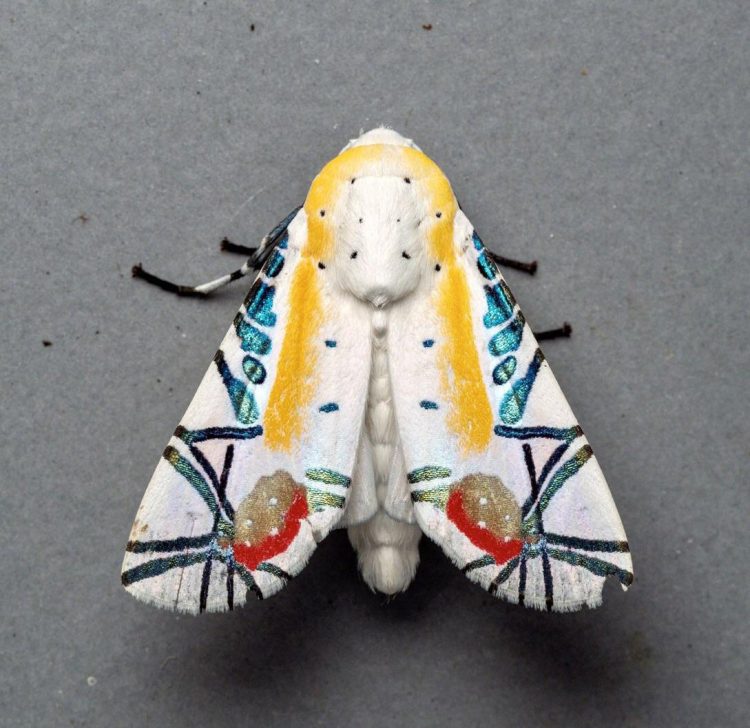
Baorisa hieroglyphica, also known as the Picasso moth, is a species of moth named after the famous Spanish painter Pablo Picasso because of its unusually artistic wing patterns. First described by British entomologist Frederic Moore in 1882, the Picasso moth is native to Southeast Asia and Northern India. Like most moths, Baorisa hieroglyphica is a nocturnal insect that […]
Newly-Identified ‘Alien-Looking’ Parasitic Wasp Consumes Its Host From the Inside Out
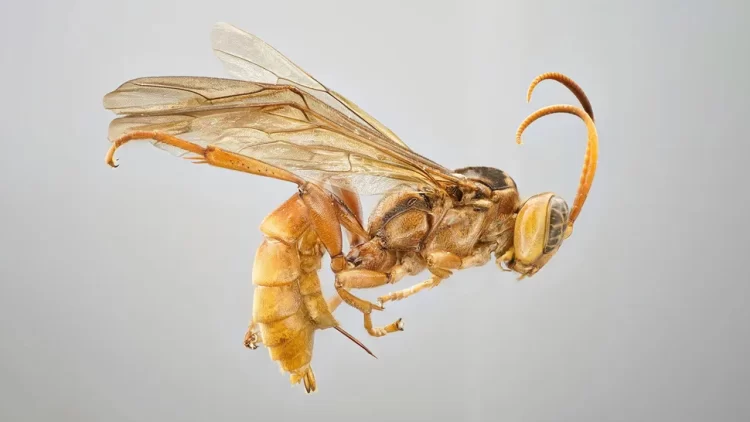
Capitojoppa amazonica is a newly-discovered genus of parasitic wasps that stabs its victims with its giant ovipositor and sucks the blood out of them before laying its eggs inside. The terrifying insect was discovered by scientists from the University of Utah while surveying the National Reserve of Allpahuayo-Mishana in Peru. They laid large netted devices called […]
The World’s Strongest Animal Can Lift 1,180 Times Its Own Body Weight
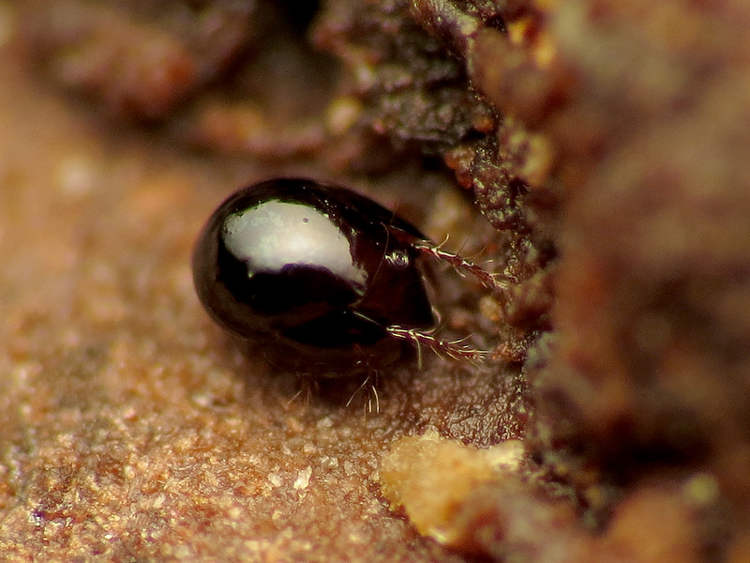
Measuring about 1 millimeter in size, the oribatid mite or armored mite is recognized as the strongest creature on Earth. It can lift over 1,000 times its own body weight. For us humans, being able to lift even double our own body weight is an impressive athletic achievement, but that pales in comparison to the […]
Honeypot Ants – The World’s Only Honey-Producing Ants
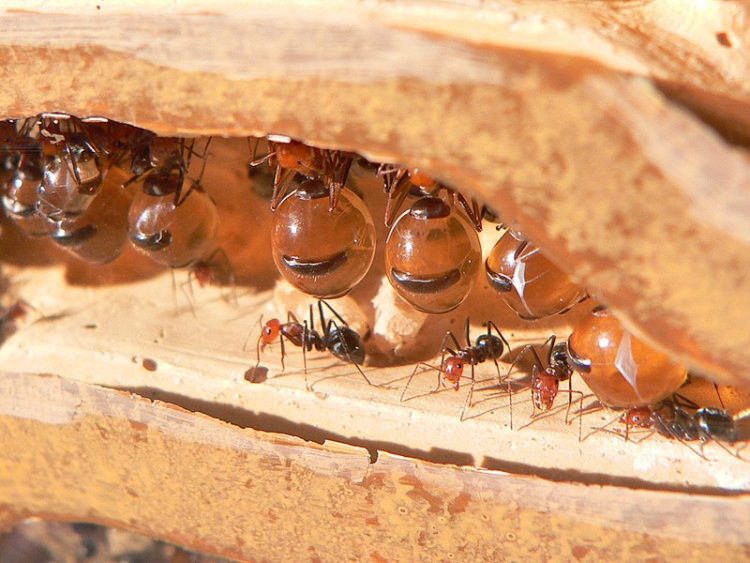
Honeypot Ants, or honey ants, are specialized workers of several species of ants whose sole job is to gorge on nectar until they become living honey-storage. Did you know that honeybees aren’t the only insects capable of producing the sweet, viscous, and brown-to-golden-colored natural product we know as honey? Several other species of bees, as […]
Artist Uses Hundreds of Dead Insect Body Parts to Create ‘Frankenstein’ Warriors
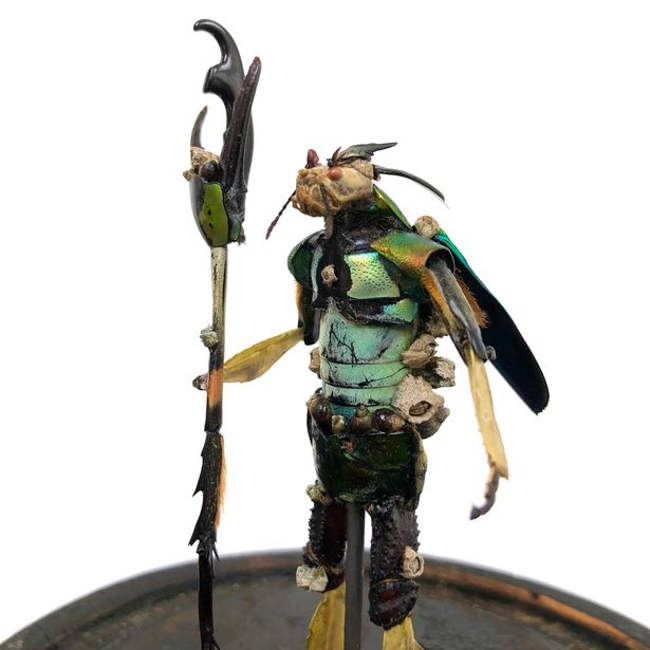
A young biology graduate and former taxidermist from Ghent, Belgium, creates warrior figurines out of hundreds of dead insect body parts. 28-year-old Joos Habraken typically spends between 20 and 30 hours working on each of his ‘Frankenstein bugs’, fantastic creatures born out of his imagination and featuring intimidating names and impressive backstories. He uses body […]
This Terrifying-Looking Horned Spider Is Actually Quite Harmless
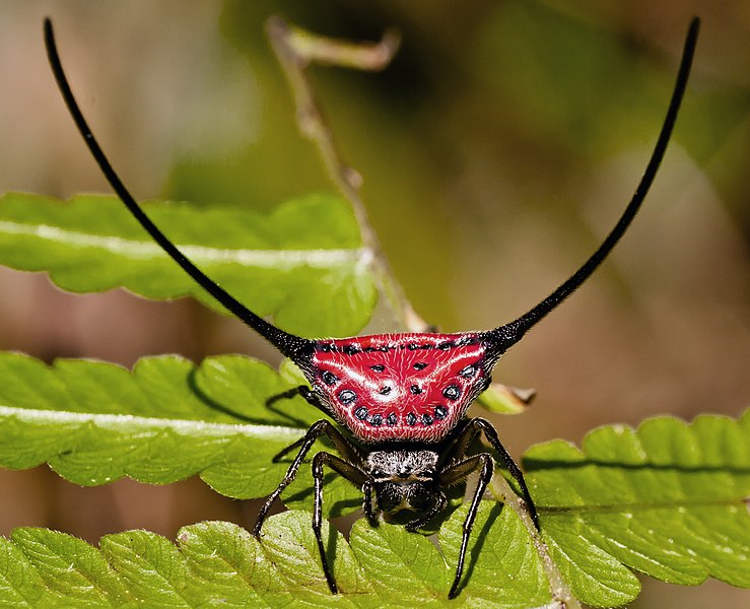
Macracantha arcuata, aka the horned orb-weaver spider or the wishbone spider, have a pair of intimidating long horns growing out of their abdomen. Although both male and female Macracantha arcuate spiders feature spines on their abdomens, it’s the females that stand out. They have three pairs of spines coming out of their abdomens, but it’s the […]
These Silver, Reflective Beetles Look Like Living Jewelry
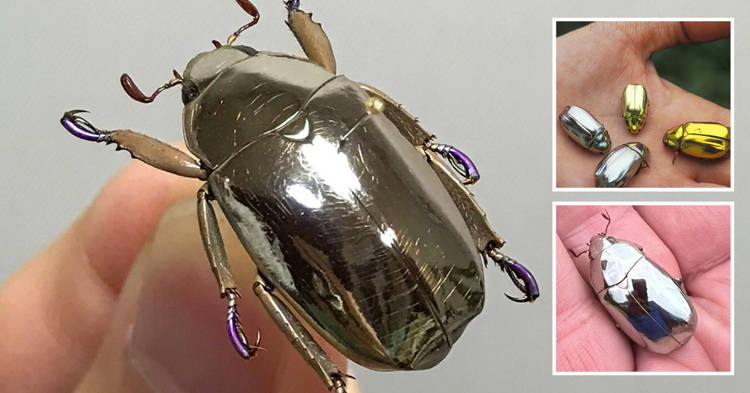
Chrysina limbata is a species of beetle native to the tropical rainforests of Central America known for its metallic reflective silver color which makes specimens look like living pieces of jewelry. Chrysina limbata is regarded as one of the most beautiful insect species on Earth, and for good reason. These beetles have a reflective silver metallic […]
